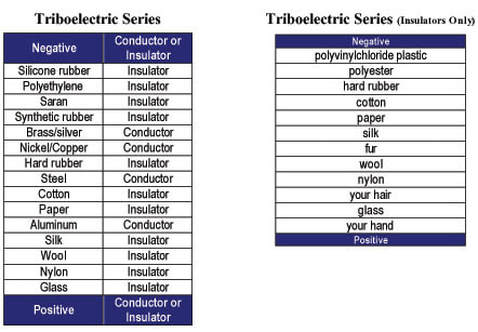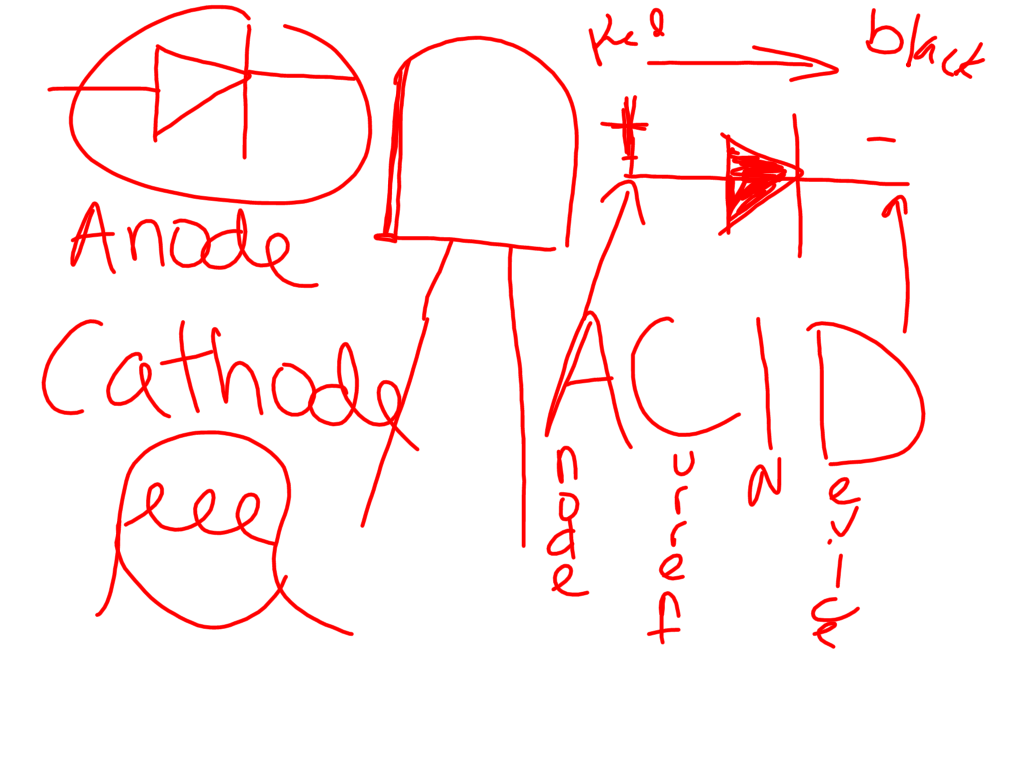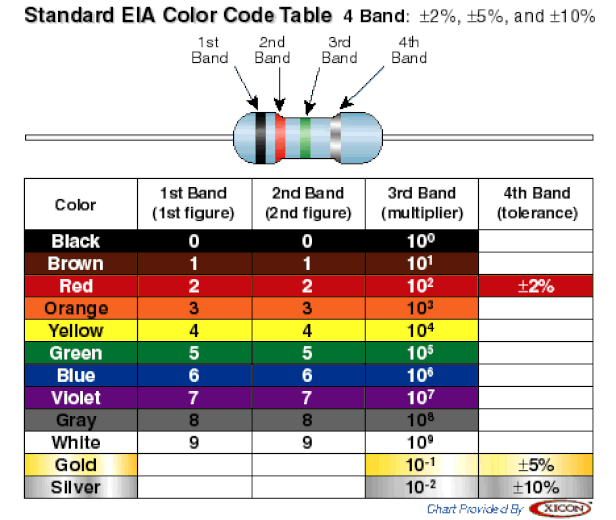WEEK
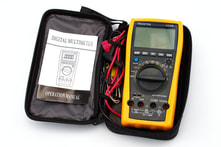
VOM: Volt Ohm Meter, multi-meter, or a volt-meter. It is used to test and diagnosis electrical components. These devices can range from a multitude of styles and cost.
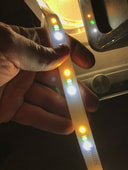
LED: Light emitting diode
is a two-lead semiconductor light source. It is a p–n junction diode that emits light when activated.[5] When a suitable voltage is applied to the leads, electrons are able to recombine with electron holes within the device, releasing energy in the form of photons. This effect is called electroluminescence, and the color of the light (corresponding to the energy of the photon) is determined by the energy band gap of the semiconductor. LEDs are typically small (less than 1 mm2) and integrated optical components may be used to shape the radiation pattern.[6]
is a two-lead semiconductor light source. It is a p–n junction diode that emits light when activated.[5] When a suitable voltage is applied to the leads, electrons are able to recombine with electron holes within the device, releasing energy in the form of photons. This effect is called electroluminescence, and the color of the light (corresponding to the energy of the photon) is determined by the energy band gap of the semiconductor. LEDs are typically small (less than 1 mm2) and integrated optical components may be used to shape the radiation pattern.[6]
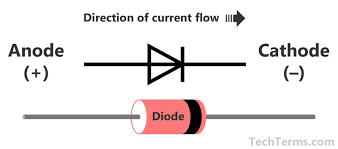
Diode: is a two-terminal electronic component that conducts primarily in one direction (asymmetric conductance); it has low (ideally zero) resistance to the current in one direction, and high (ideally infinite) resistance in the other.
An electrical conductor is a substance in which electrical charge carriers, usually electrons, move easily from atom to atom with the application of voltage. Conductivity, in general, is the capacity to transmit something, such as electricity or heat.
An electrical insulator is a material whose internal electric charges do not flow freely; very little electric current will flow through it under the influence of an electric field. This contrasts with other materials, semiconductors and conductors, which conduct electric current more easily. The property that distinguishes an insulator is its resistivity; insulators have higher resistivity than semiconductors or conductors. (there is no perfect insulator
A semiconductor material has an electrical conductivity value falling between that of a conductor, such as copper, and an insulator, such as glass. Their resistance decreases as their temperature increases, which is behavior opposite to that of a metal.
